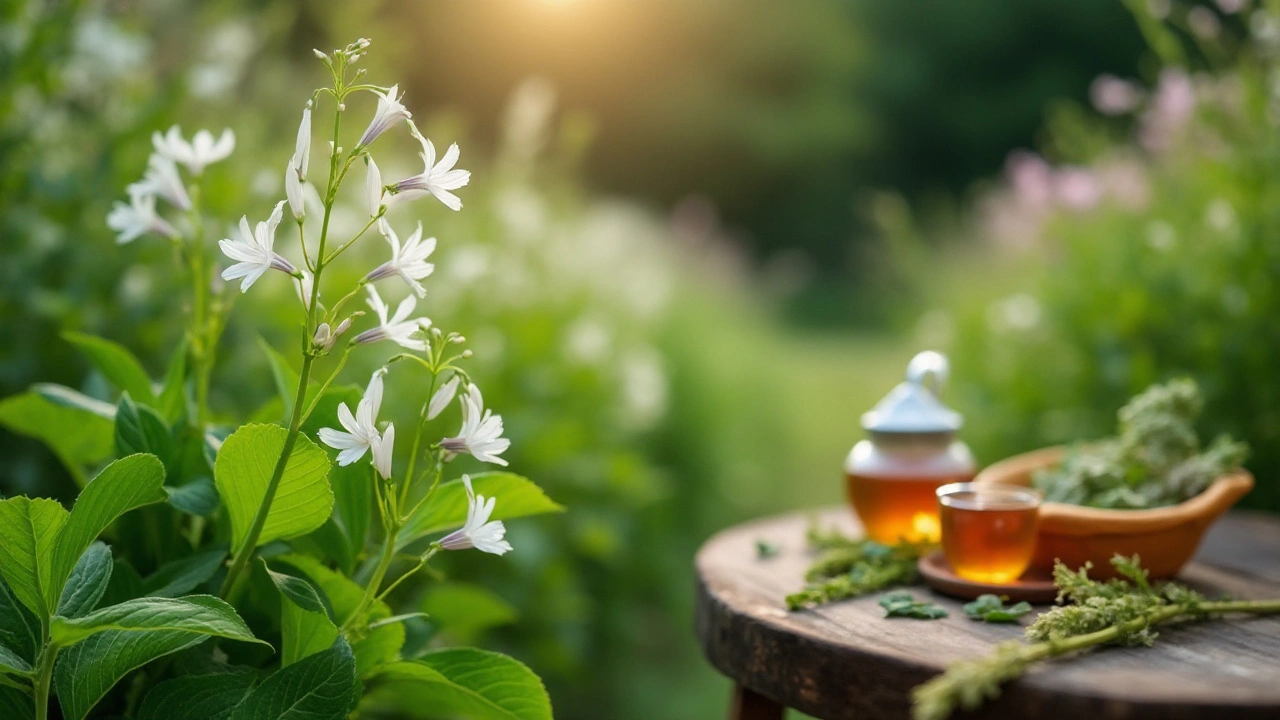Greater Bindweed: Identify, Control & Keep Your Garden Safe
Ever walked through your garden and seen a vine with pink trumpet flowers that seems to appear out of nowhere? That’s probably Greater Bindweed, a weed that loves to take over beds, borders and even lawns. It looks pretty at first, but if you let it go, it can choke out your veggies, roses and other plants you work hard to grow. The good news? You don’t need a PhD in botany to fight it – just a few simple habits and tools.
How to Identify Greater Bindweed
Greater Bindweed (Convolvulus arvensis) has a few tell‑tale signs. The vines are thin, twining, and can grow up to six feet long. Leaves are arrow‑shaped with a slightly scalloped edge, and they grow in pairs along the stem. In summer you’ll see funnel‑shaped, white to pink flowers that open in the morning and close by afternoon. The biggest clue is the root system: a deep, tuber‑like root that can reach several feet down. If you pull the plant without getting the whole root, it will sprout right back.
Simple Ways to Get Rid of It
First, try cultural control. Keep your garden tidy, mulch heavily, and avoid over‑watering – bindweed loves moist soil. If you see a new shoot, dig it out early, making sure to get as much of the root as possible. For larger infestations, a targeted herbicide applied in early spring works best, but always follow label instructions and wear protection.
Another low‑tech option is solarization. Cover the affected area with clear plastic for 4‑6 weeks in hot summer months. The heat kills the roots and seeds, giving you a clean slate to re‑plant. If you prefer organic methods, a mixture of vinegar and dish soap sprayed on young shoots can weaken them, though it won’t reach deep roots.
Preventing reinvasion is key. After removal, plant dense groundcovers like clover or low‑growing herbs. These compete with any stray bindweed seeds that might fall and keep the soil shaded, making it harder for the weed to establish. Keep an eye on your garden edges – bindweed often sneaks in from fences or neighboring lawns.
Finally, stay consistent. Bindweed is stubborn, so you may need to repeat these steps for a few seasons. Mark the spots you treated, and check them each spring. With patience, you’ll see your garden reclaim its space and your plants thriving without the strangling vines.

